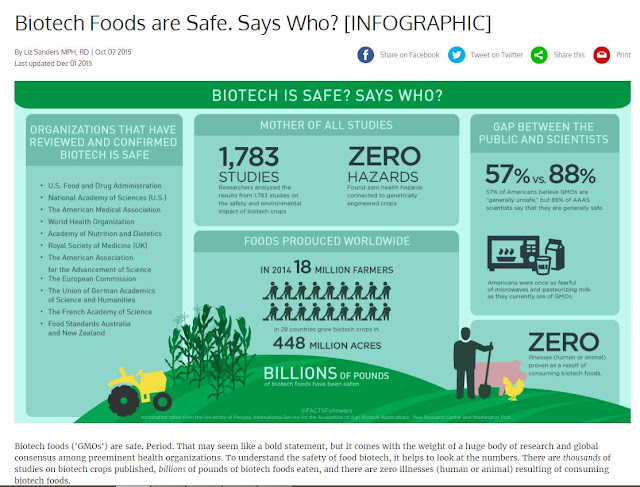 |
| Artificial flint |
The spark is the easy part; getting the spark to turn into a fire is the hard part. That is where the "tinder" becomes important. There are three tinder's that I wanted to show the boys that can easily go into your survival pack. You can always make a tinder nest out of pine straw, leaves, dry grass, etc., but carrying these can things much easier.
1. Cotton Balls
2. Steel Wool
3. Char Cloth
Cotton Balls
I think this cotton balls are probably the easiest to find and use. Just fluff the cotton ball up real good and throw a spark on it. To make it even easier, rub petroleum jelly on the cotton ball. A small tube of the petroleum jelly is easy to carry in a backpack, but if you don't have it a cotton ball all by itself will do just fine.
 |
| Fluff the cotton ball (on the right) |
 |
| Get a spark on the cotton |
Steel Wool
Steel Wool is amazing stuff because once a spark catches hold of it, the entire thing of steel wool will turn into one big ball of hot metal. Steel wool comes in different types from course to fine. Use super fine steel wool for the easiest path to a fire. Small fibers of steel wool will break off and give you a splinter so be careful. However, the advantage is even if your steel wool gets wet just ring it out and it can still be used as a fire starter.
 |
| Use super fine steel wool when possible |
 |
| Get a spark on the steel wool |
 |
| Blow gently to really make the wool get hot |
Char Cloth
This is one my dad showed me when I was a kid. I had to look up how to make it again. If you have an old cotton t-shirt just cut it up into squares. Throw the squares of cloth into a metal tin. An old Altoids candy tin or similar container works well. I used a small evaporated milk can. A soup can or any metal can would work. Remember to remove the paper label. If you have a tin with a lid place a small hole in the lid. If you have a soup can then place aluminum foil as tight as possible over the top and poke a small hole on the top of the aluminum foil. Now just place the can on heat. A bed of coals from a fire works the best, but other hear sources will work fine. I made some of the grill. I had to place the can directly on the burner shield instead of the grill grate so I could get it hot enough. After 10 minutes or so a billowing column of smoke will start to come out of the hole. When the smoke stops coming out the container then you are done. You will be left with charcloth, a slow burning fuel. It is now a blackened material that can easily catch a spark. Throw a spark on the cloth and then you can lightly blow on the cloth to make the spark spread and eventually get your fire going.
 |
| Closed metal tin with a lid (add a hole to the lid) |
 |
| Charcloth |
 |
| Gently blow to make the cloth get hotter |
Once you get one of these tinder types lit with a spark, the rest is just building up bigger and bigger twigs until you get fire. So next time you you forget your lighter, don't worry. If you can make a spark, then you can make fire.
 |
| Spark onto steel wool = FIRE |














